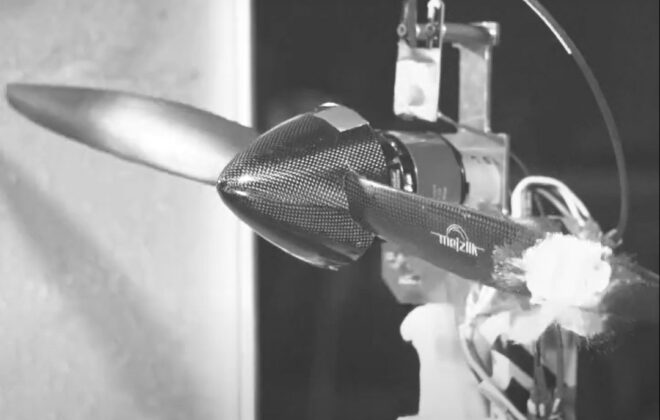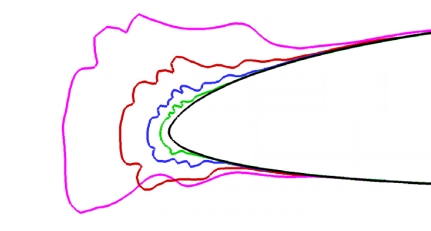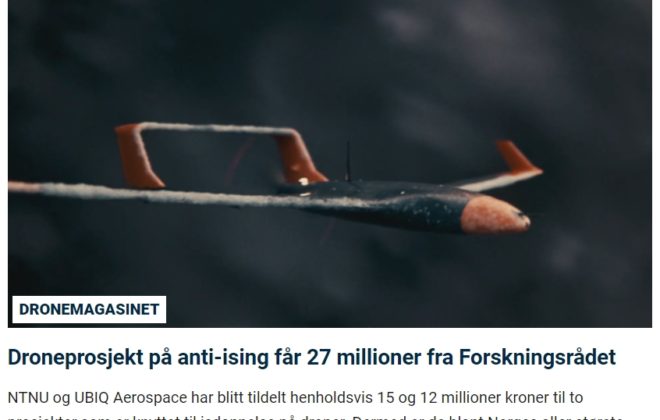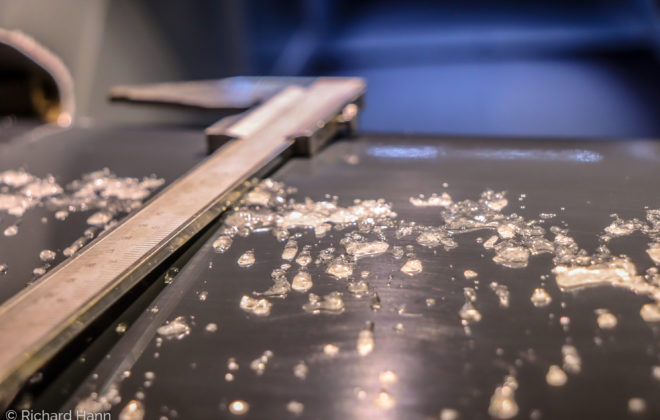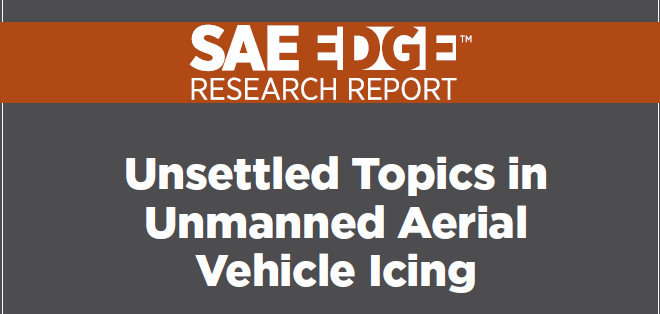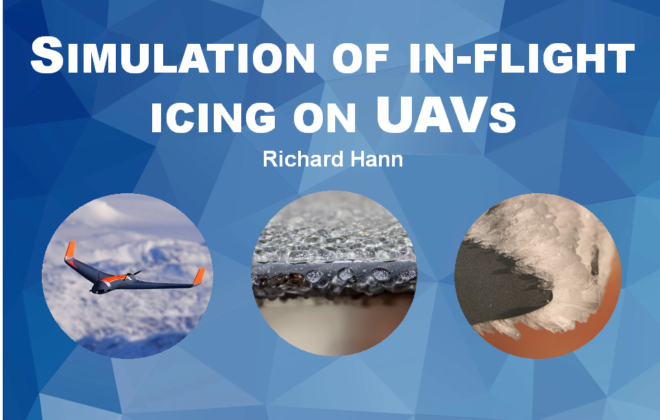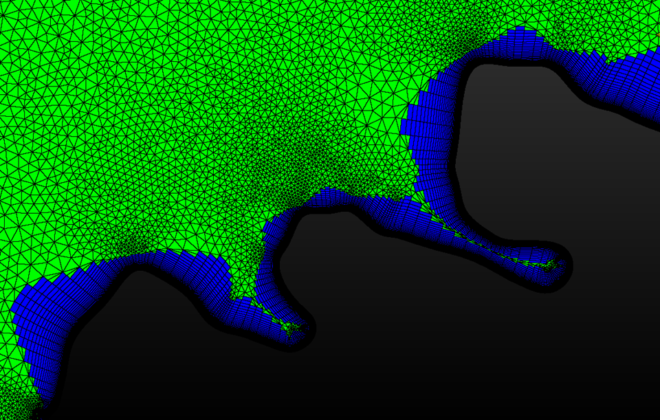Can ice fragments destroy a UAV propeller?
In one of our recent icing wind tunnel experiments, the NTNU UAV Icing Lab investigated if ice fragments are a hazard to UAV propellers. The resulting high-speed video footage shows the moment ice impacts the propeller blades. Here is a small preview of the footage….
My research lab is in the news!
Gemini, a Norwegian Sci-Tech news site, has written a nice article about our research lab! The article is using a lot of our pictures and videos and is aimed at the general public. It’s good to see our work making such an impact!
Are unmanned aircraft more sensitive to icing compared to manned aircraft?
My latest paper investigates the sensitivity of unmanned aircraft to icing in comparison to manned aircraft. Differences in airframe size and airspeed can lead to substantially different icing performance penalties. Think of a “normal” aircraft. Chances are that you are thinking of something that is…
How often do drones encounter icing conditions?
When I talk about my research, I often hear the following question: “How often do drones actually encounter icing conditions?”. This is a very good question – and until recently I had only vague answers. Usually, I would refer to two reports in the literature…
Featured Article
Last week, I got called up by a journalist who wanted to interview me, after he read my blog post about the research grants we have been awarded. I was caught a bit off-guard but I am quite pleased how the interview turned out. The…
My research got funded with over 2 Million Euros
Two research projects on UAV icing, which I am part of, were recently funded by the Research Council of Norway with a total volume of 27 Million NOK (2.4 Million EUR). I am incredibly happy to see that the council recognized the importance of my…
SAE Edge: Unsettled Topics in UAV Icing
Atmospheric in-flight icing is a dangerous weather hazard that occurs when aircraft encounter supercooled liquid water in clouds or precipitation. In particular, icing is a major limitation for unmanned aerial vehicles (UAVs) and there are many questions yet to be answered in the field. Earlier…
PhD.
This week I achieved a major milestone. After almost 4 years, I successfully defended my PhD thesis and received my doctorate degree. The topic of my thesis has the unbuzzy title of “Atmospheric Ice Accretions, Aerodynamic Icing Penalties, and Ice Protection Systems on Unmanned Aerial…
Webinar on simulation of in-flight icing on UAVs
Some weeks ago, I’ve been asked by Pointwise to record a webinar on the topic of simulation of In-flight Icing on UAVs. Watch me talk about issues of in-flight icing on UAVs and information about the following topics: Icing on UAVs Differences to icing on…
How to Mesh a Frozen Drone
Icing of drones is a severe hazard that significantly limits the usage of autonomous unmanned aerial vehicles (UAVs). Computational fluid dynamic (CFD) methods, originally developed for manned aircraft icing, are an important tool for understanding the effects of icing on UAVs. One of the most…
